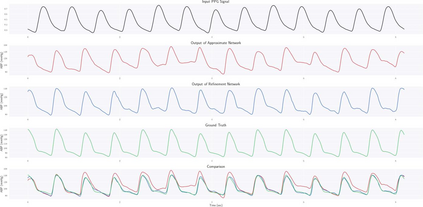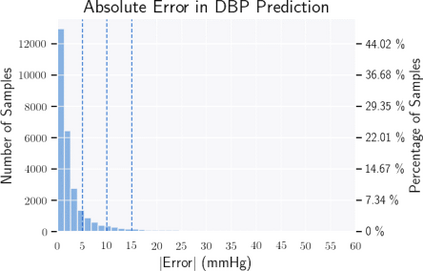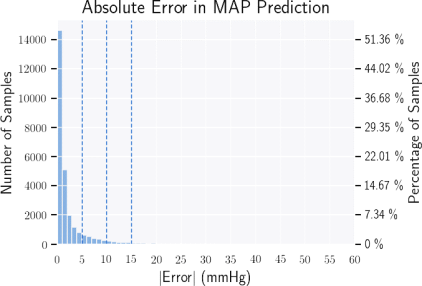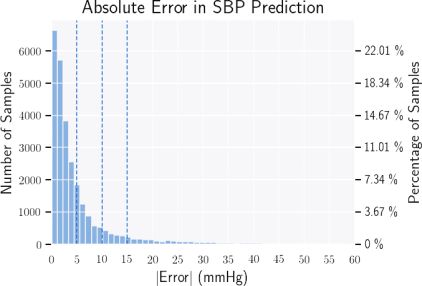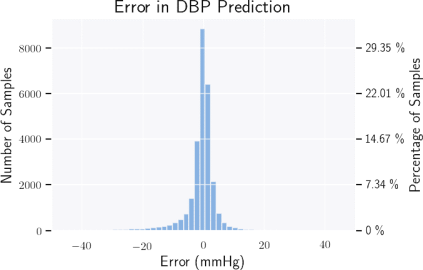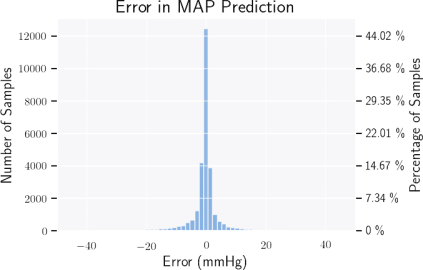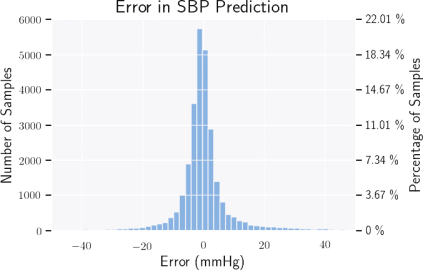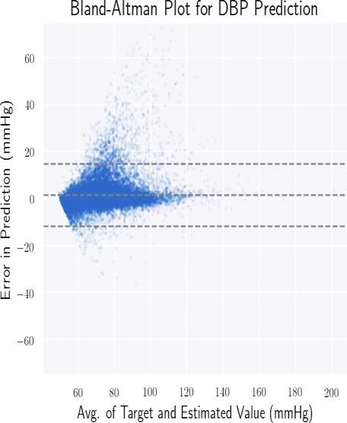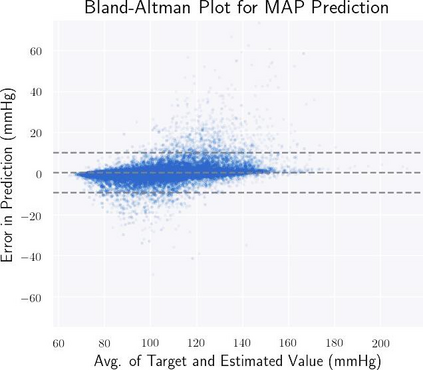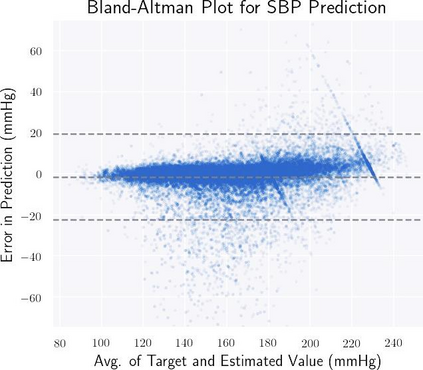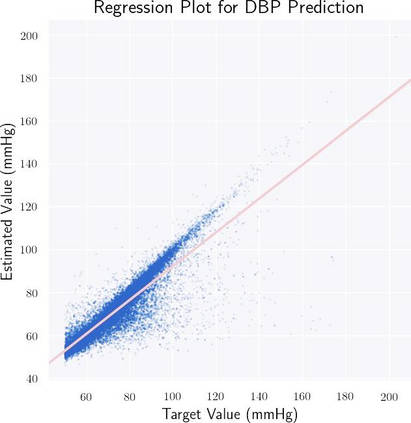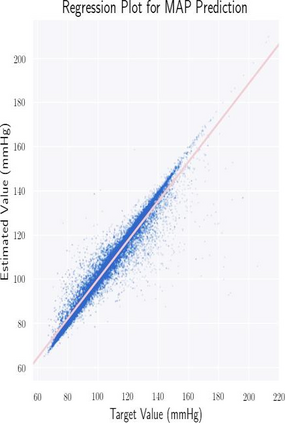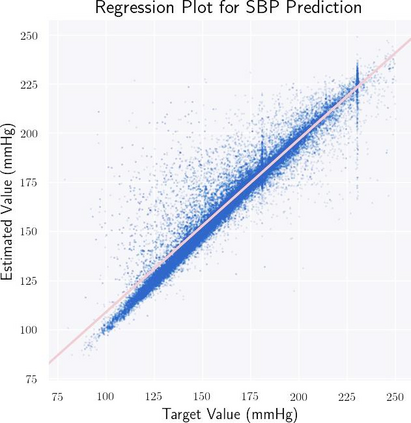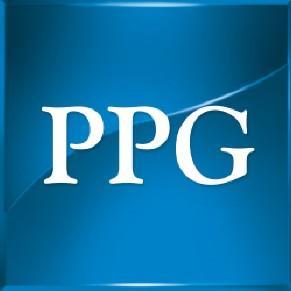Cardiovascular diseases are one of the most severe causes of mortality, taking a heavy toll of lives annually throughout the world. The continuous monitoring of blood pressure seems to be the most viable option, but this demands an invasive process, bringing about several layers of complexities. This motivates us to develop a method to predict the continuous arterial blood pressure (ABP) waveform through a non-invasive approach using photoplethysmogram (PPG) signals. In addition we explore the advantage of deep learning as it would free us from sticking to ideally shaped PPG signals only, by making handcrafted feature computation irrelevant, which is a shortcoming of the existing approaches. Thus, we present, PPG2ABP, a deep learning based method, that manages to predict the continuous ABP waveform from the input PPG signal, with a mean absolute error of 4.604 mmHg, preserving the shape, magnitude and phase in unison. However, the more astounding success of PPG2ABP turns out to be that the computed values of DBP, MAP and SBP from the predicted ABP waveform outperforms the existing works under several metrics, despite that PPG2ABP is not explicitly trained to do so.
翻译:心血管疾病是造成死亡的最严重原因之一,每年在全世界造成大量生命死亡。持续监测血压似乎是最可行的选择,但这需要一种入侵过程,带来多层次的复杂性。这促使我们开发一种方法,利用光胸成像信号(PPG)以非侵入方式预测连续动脉血压(ABP)波形。此外,我们探索了深层次学习的好处,因为只有深层次学习才能使我们不再坚持理想的PPPG信号,通过手工艺特征计算是不相关的,而这是现有方法的一个缺陷。因此,我们介绍PPG2ABP这一深层学习基础方法,它能够从输入的 PPPG信号中预测ABP的连续动波形(ABP),其明显的绝对误差为4.604毫米Hg,保持形状、规模和阶段的一致。然而,PPPG2ABP的更令人吃惊的成功证明的是,尽管预测的ABP、MA和SPBP2的计算值并不明显高于PGA。




